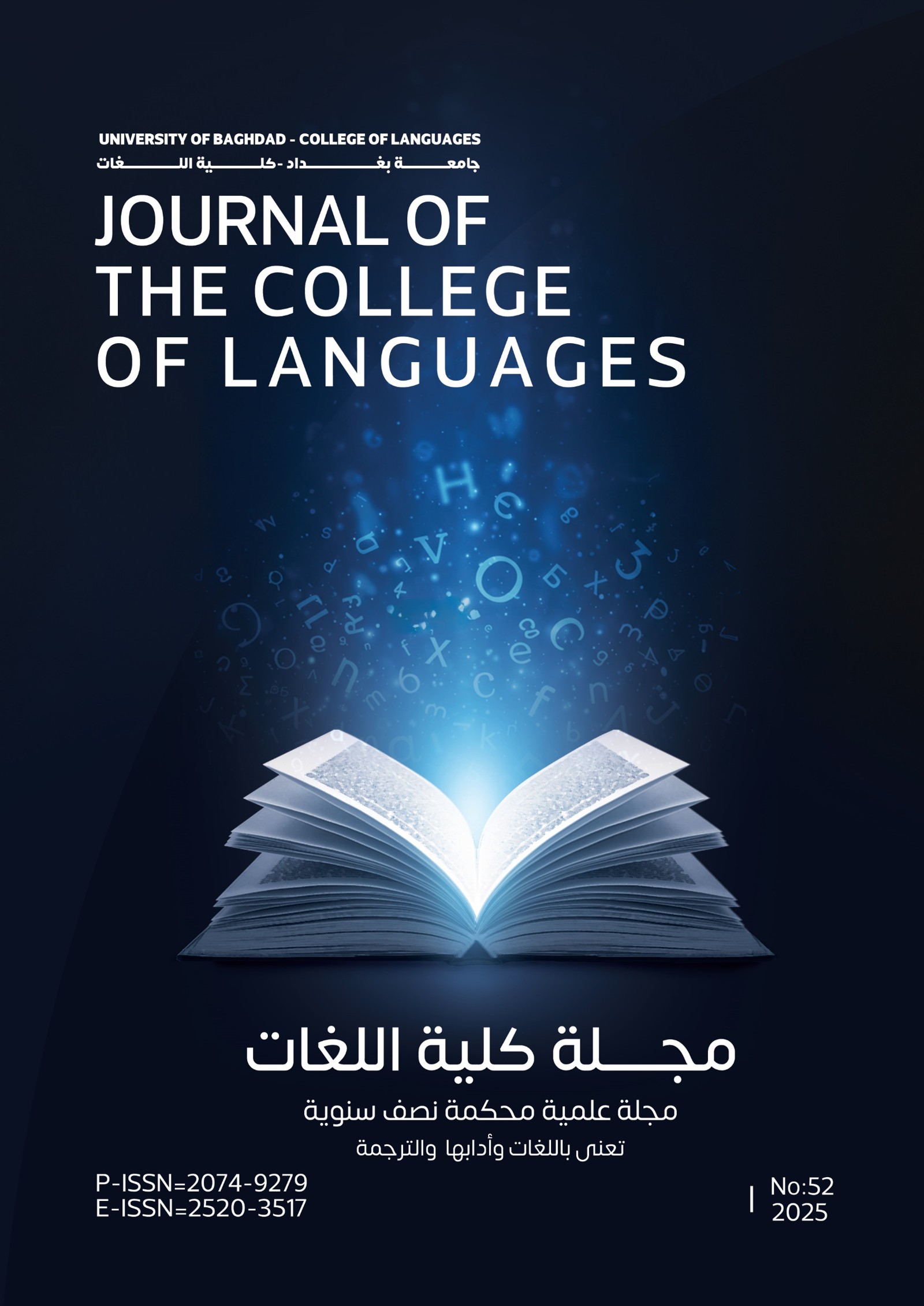OUTDATED VOCABULARY in A. I. HERZEN's NOVEL " who is to BLAME?"
УСТАРЕВШАЯ ЛЕКСИКА В РОМАНЕ А. И. ГЕРЦЕНА «КТО ВИНОВАТ?»
DOI:
https://doi.org/10.36586/jcl.2.2020.0.42.0224Keywords:
obsolete words, stylistic coloring, lexemes, neutral lexemes, functional styles, stylistic coloring, text of a work of art., устаревшие слова, стилистическая окраска, лексемы, нейтральные лексемы, функциональные стили, стилистическая окрашенность, текст художественного произведенияAbstract
The article considers the main reason for A. I. Herzen's address to obsolete words, which is their ability to acquire a stylistic coloring in the context of speech, as well as the possibility of combining, in some cases, with neutral lexemes of various functional styles. A certain stylistic effect of such characteristics of this type of vocabulary is represented, as a result of which their stylistic coloring in syntagmatic terms does not coincide with stylistic coloring in terms of paradigmatics, that is, in speech they have a completely stylistic meaning. Attention is focused on the role of outdated vocabulary, which consists in the fact that they serve to implement such features of the artistic style as imagery, emotionality, and their main task is to emotionally affect the reader, which Herzen skillfully uses. It is argued that for the outdated vocabulary of the novel “Who is to blame?” By A.I. Herzen, the successful coexistence of the modern era for the writer of language and speech appears characteristic. The nature of the combination of these two linguistic elements, their scope, methods, and techniques for introducing elements of the language of the epoch depicted into the fabric of a work of art are specific.
В статье рассмотрена главная причина обращения А. И. Герцена к устаревшим словам, которая состоит в их способности приобретать в контексте речи стилистическую окраску, а также возможности сочетания в некоторых случаях с нейтральными лексемами различных функциональных стилей. Репрезентирован определенный стилистический эффект таких характеристик этого типа лексики, вследствие чего их стилистическая окрашенность в синтагматическом плане не совпадает со стилистической окраской в плане парадигматики, то есть в речи они совсем имеют совершенно стилистическое значение. Акцентируется внимание на роли устаревшей лексики, состоящая в том, что они служат для реализации таких черт художественного стиля как образность, эмоциональность, а их главная задача – эмоционально воздействовать на читателя, чем мастерски пользуется Герцен. Утверждается, что для устаревшей лексики романа «Кто виноват?» А. И. Герцена характерным представляется успешное сосуществование современного для писателя языка и речи изображаемой эпохи. Характер сочетания этих двух языковых стихий, их объем, способы, приемы введения элементов языка изображаемой эпохи в ткань художественного произведения являются специфическими.
( Received on 24/12/2019 - Accepted on 2/2/2020 - Published on 1/6/2020 )








